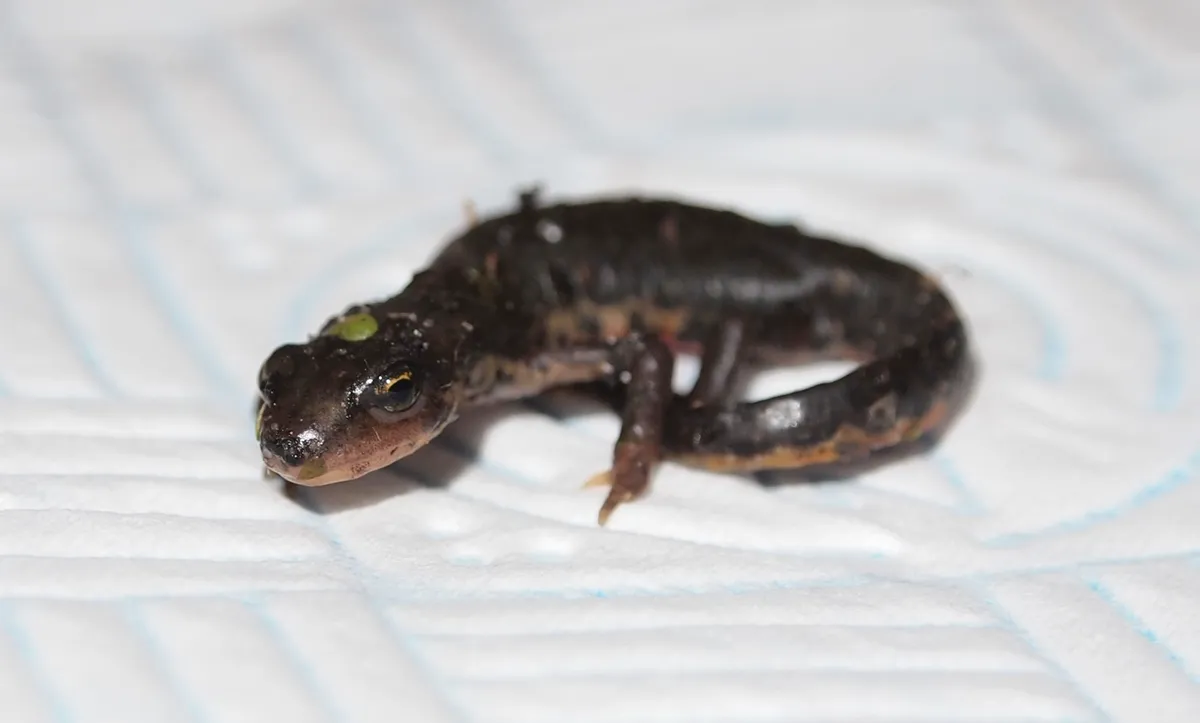Scientists are concerned about the potential introduction of Batrachochytrium salamandrivorans (often shortened to ‘Bsal’ or ‘Bs’) to Europe’s wild salamanders and newts, following the discovery that it is present in seven of the eleven tested private collections.
The fungus, believed to be native to Asia and introduced to Europe via the commercial pet trade, causes chytridiomycosis, resulting in skin lesions and usually causing fatality.
“Once the fungus is in a wild population it is likely to be impossible to stop its spread and the loss of susceptible species,” says lead author Liam Fitzpatrick from Zoological Society of London’s (ZSL) Institute of Zoology (IOZ).
“We already know that Bsal can be lethal to a number of European salamander species, so understanding ways in which the fungus could be introduced to new areas is essential in our efforts to conserve wild amphibians.”

The fungus was discovered in captive amphibians in the UK in 2015, prompting this research into the European amphibian pet trade.
Using the collector’s records, the researchers tracked down 16 epidemiologically linked collections across Western Europe.
11 of the collections granted access to the scientist: five in the UK, three in the Netherlands, two in Spain and one in Germany.

Of these 11 private collections, seven had urodeles (a taxonomic term for salamanders, including true salamanders, newts, giant salamanders and olms) were tested positive for Bsal.
“The presence of Bsal in amphibian collections increases the risk of Bsal infection being transferred to nearby wild amphibian populations, for example, through contaminated wastewater or released or escaped animals,” says Professor Andrew Cunningham from IOZ. “The critical control point here is the prevention of the fungus being introduced into amphibian collections in the first place.”
“Along with international Government regulations being implemented to control the amphibian trade, biosecurity guidance and best practice methods for sanitisation need to be disseminated throughout the private trade immediately. This will help ensure that both traded individuals are healthy, and our wild populations of amphibians are protected – before it’s too late.”
Although several treatment options have been successfully trialled for captive salamanders infected with Bsal, it would be very difficult to apply these to wild populations.
In the UK, any amphibians that are submitted to the Garden Wildlife Health project are also screened for Bsal infection. The fungus has not yet been detected in wild UK amphibians.
Bsal is already present in some wild European amphibian populations, and has caused a 99 per cent decline in a monitored population of fire salamanders in the Netherlands, and declines in fire salamanders in Belgium and Germany.

It is unknown as to why urodeles suffer when infected from Bsal, but anurans (frogs and toads) seem to be unaffected.
Recent work has identified that some anuran species can be infected with Bsal, but they do not appear to get sick from this. This means that movement infected frogs/toads could also move the fungus into new areas as well.
